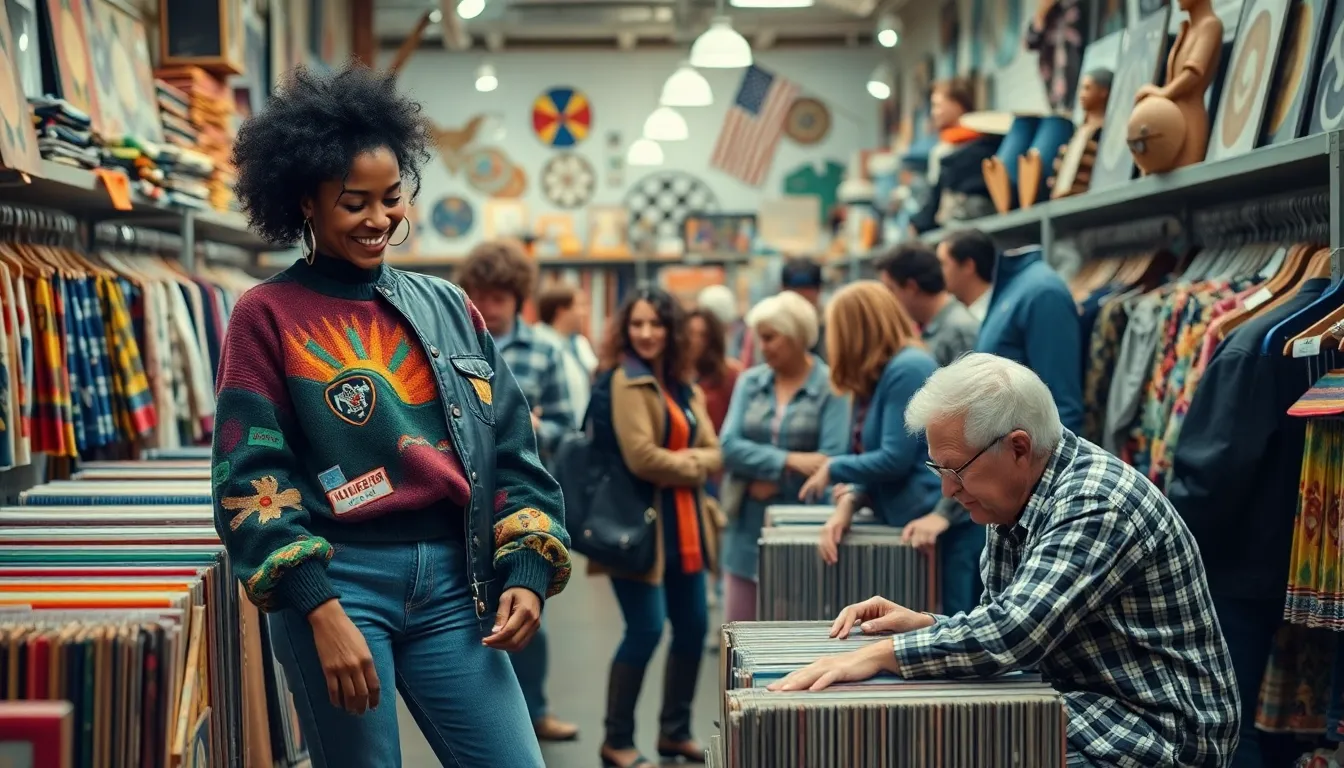In today’s fast-paced world, thrifting has evolved into more than just a budget-friendly shopping option: it’s a lifestyle movement that resonates with people of all ages. With the rise of sustainability consciousness and unique fashion statements, the thrifting culture is thriving like never before. This article delves into the intriguing realm of thrifting, exploring its impacts, tips for success, and the economic and social benefits it brings. For those looking to navigate this vibrant landscape, Thriftyevents.net serves as a valuable resource for insights and community connection.
Table of Contents
ToggleUnderstanding the Thriving Thrifting Culture

Thrifting is not merely a trend but a burgeoning culture that reflects changing consumer priorities and values. The practice allows individuals to explore unique fashions that tell stories long gone by. Thrifters often find joy in the hunt for rare items, recreating styles that aren’t available in mainstream stores. The cultural significance of thrifting lies in its ability to empower individuals to express their creativity and authenticity.
Also, the community aspect of thrifting nurtures connections among people who share similar tastes, making it a social activity rather than simply shopping. Online platforms and social media have indeed magnified this aspect, allowing users to showcase their finds and inspire others to dig deeper into their local thrift stores.
The Environmental Impact of Thrifting
As awareness of environmental sustainability grows, thrifting emerges as a crucial player in reducing waste. The fashion industry is one of the largest contributors to pollution, with fast fashion generating approximately 92 million tons of waste annually. By choosing to thrift, consumers actively participate in combating this issue.
When individuals buy second-hand items, they give clothing a second chance at life, so reducing the demand for new production. This decline in demand leads to fewer resources being consumed and less pollution emitted. Thrift stores effectively extend the life cycle of clothing and home goods, offering eco-conscious individuals a sustainable shopping option that benefits the planet.
Top Tips for Successful Thrifting
To maximize the thrifting experience, it’s beneficial to approach it with a strategic mindset. Here are some essential tips for successful thrifting:
How to Style Thrifted Finds
Thrifted items can be seamlessly integrated into any wardrobe. Consider pairing oversized thrifted pieces with contemporary staples for a balanced look. Layering unique jackets over simple outfits can also add visual interest.
DIY Projects to Enhance Thrifted Items
Customizing thrifted goods can turn a simple find into a personal treasure. Activities like dyeing fabric, distressing denim, or even revamping furniture pieces can breathe new life into used items, making them unique to the buyer.
Engaging in such DIY projects not only enhances the thrifted items but also promotes sustainability by minimizing waste.
The Economic Benefits of Thrifting
Thrifting contributes significantly to personal finances by offering high-quality items at fractions of original prices. Statistics reveal that thrift store shoppers save an average of 50-70% off regular retail prices. This financial freedom allows individuals to explore various styles without very costly.
Also, thrifting supports local charities and communities. Many thrift stores are nonprofit organizations supporting various causes, so allowing consumers to shop with the comforting knowledge that their purchases are contributing to a larger mission.
By participating in thrifting, individuals can embrace a cost-effective lifestyle while positively impacting their communities.
Connecting with the Thrifting Community
The thrifting community is vibrant and welcoming, often sharing tips, success stories, and even organizing local events. Thriftyevents.net serves as a hub where enthusiasts can find inspiration and connect with others who share their passion.
Social media platforms, particularly Instagram and Pinterest, are invaluable resources for thrifters. Users frequently post photos of their finds, showcasing creative ways to style items and encouraging others to do the same. Community meet-ups, swap events, and whatever your local thrift store might host are excellent ways to strengthen these connections.
Embracing this community fosters friendships and encourages individuals to collaborate on thrifting adventures, making the experience even more enjoyable.
Conclusion
Thrifting is more than just a method of shopping: it embodies a lifestyle that champions sustainability, creativity, and community connection. Through understanding its cultural implications, recognizing its environmental benefits, and leveraging economic advantages, individuals can dive headfirst into this enriching experience.
For those eager to explore the thrifting world, platforms like Thriftyevents.net are available to guide, inspire, and connect them with like-minded individuals. Embracing thrifting not only enhances personal style but also fosters a deeply satisfying relationship with the environment and the community.





